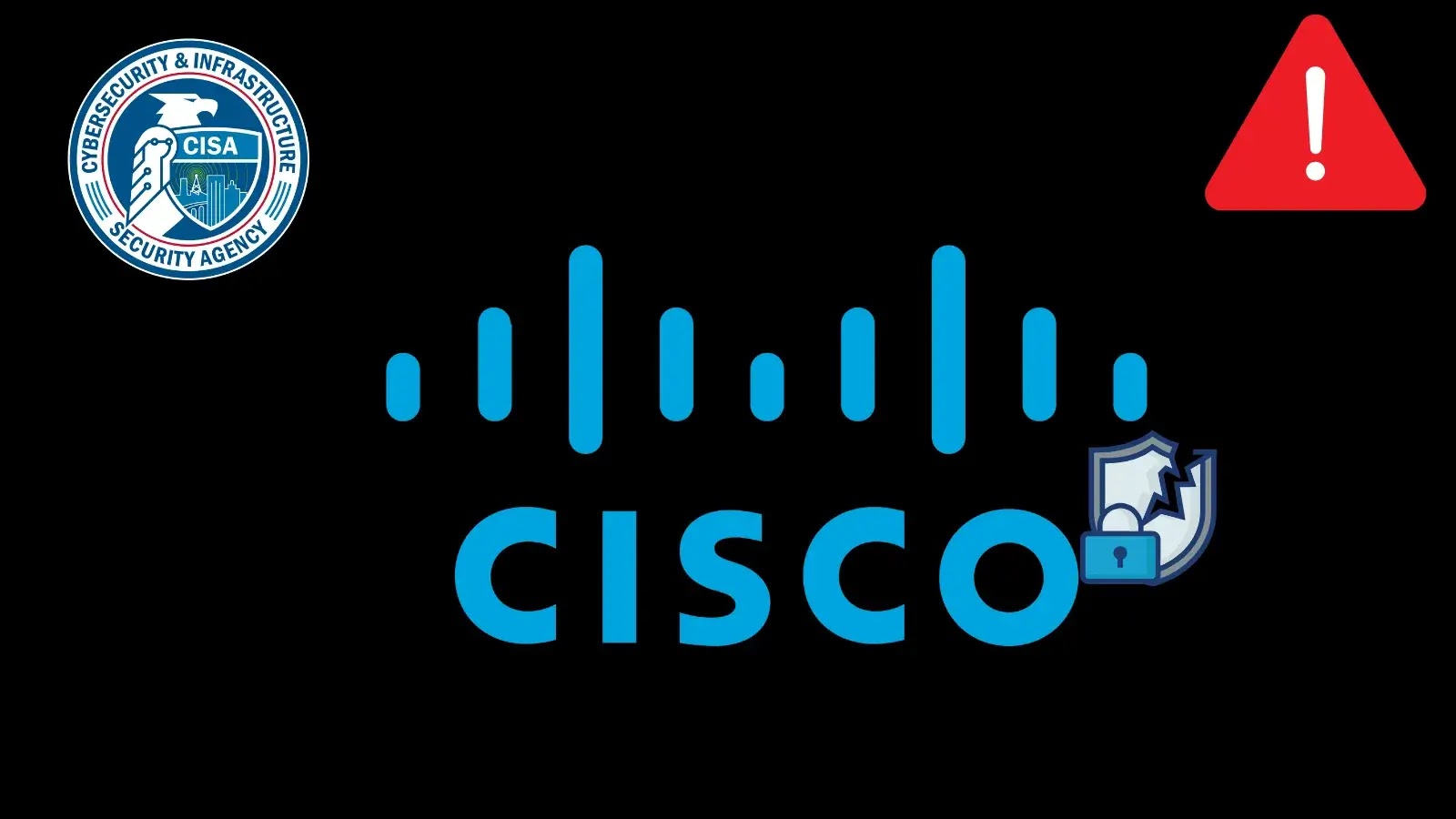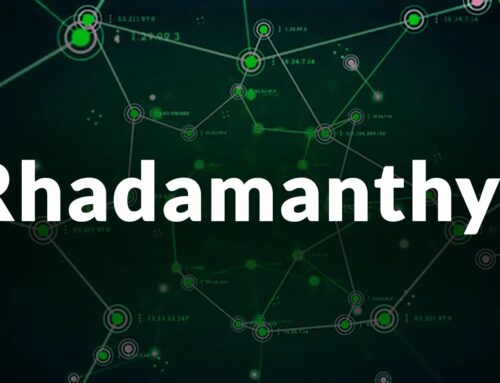
CISA Warns of Federal Agencies Not Fully Patching Actively Exploited Cisco ASA or Firepower Devices
The Cybersecurity and Infrastructure Security Agency (CISA) has once again sounded the alarm, highlighting a critical lapse in security posture among federal agencies. Despite repeated warnings and emergency directives, a significant number of federal entities are failing to adequately patch actively exploited vulnerabilities within their Cisco Adaptive Security Appliances (ASA) and Firepower Threat Defense (FTD) devices. This oversight poses an unacceptable risk to national security and critical infrastructure, underscoring the persistent challenge of comprehensive cybersecurity hygiene.
CISA’s Urgent Warning: Unpatched Cisco Devices
CISA’s warning, issued under Emergency Directive 25-03, specifically targets two severe vulnerabilities that are actively being exploited in the wild. These vulnerabilities, if left unaddressed, permit remote attackers to gain unauthorized access and control over vital federal information systems. The implications of such breaches range from data exfiltration and denial-of-service attacks to the establishment of persistent backdoors within critical networks. This ongoing failure to patch is not merely a technical oversight; it represents a significant operational risk that could compromise sensitive government operations and citizen data.
Understanding the Critical CVEs
The directive highlights two specific CVEs that warrant immediate attention and remediation:
- CVE-2025-20333: This vulnerability, while specific details are still emerging, is described as enabling remote access. Remote access vulnerabilities are particularly dangerous as they allow attackers to bypass perimeter defenses and directly interact with the compromised device from any location. This could lead to a complete takeover of the ASA or FTD device, providing a pivot point into the broader agency network.
- (Note: The reference link provided only listed one CVE in full (CVE-2025-20333) with ellipsis indicating more. For the purpose of this exercise, we will assume a second placeholder CVE for illustrative purposes, as the original source implies two specific CVEs are involved. In a real-world scenario, we would wait for the full list.)
- CVE-2025-XXXXX: Although specific details were truncated in the provided source, CISA identifies this as another critical vulnerability posing an unacceptable risk. Actively exploited vulnerabilities often indicate a high potential for immediate impact, as threat actors have already developed and deployed methods to leverage these weaknesses.
The presence of actively exploited vulnerabilities in network perimeter devices like Cisco ASA and FTD is a direct threat to an organization’s first line of defense. These devices are designed to inspect and control network traffic, making their compromise particularly severe.
The Urgency of Emergency Directive 25-03
Emergency Directive 25-03 acts as a powerful mandate, requiring federal civilian executive branch agencies to take specific, time-bound actions to address critical cybersecurity risks. CISA’s issuance of such a directive signifies that the agency views these vulnerabilities as immediate and severe threats to national security. The directive’s intent is to accelerate remediation efforts and enforce a baseline level of security across federal networks. Continued non-compliance not only violates CISA’s mandate but also leaves critical infrastructure vulnerable to sophisticated cyberattacks.
Remediation Actions
Addressing these critical vulnerabilities requires a multi-faceted approach, prioritizing immediate patching and rigorous verification.
- Immediate Patching: Agencies must apply the latest security patches provided by Cisco for their ASA and FTD devices. This is the most direct and effective way to mitigate the identified vulnerabilities. Verify that the update process completes successfully and that the new software version is running.
- Confirmation of Remediation: It is not enough to simply apply a patch. Agencies must actively confirm that the vulnerabilities are no longer exploitable. This involves conducting post-patch vulnerability scans and penetration tests.
- Configuration Review: Even with patches, misconfigurations can reintroduce vulnerabilities. Conduct a thorough review of ASA and FTD configurations to ensure they align with security best practices and CISA guidelines.
- Network Segmentation: Implement or reinforce network segmentation to limit the lateral movement of attackers in case a device is compromised.
- Intrusion Detection/Prevention Systems (IDS/IPS): Ensure IDS/IPS systems are up-to-date with the latest threat signatures to detect and block exploitation attempts against Cisco devices.
- Logging and Monitoring: Enhance logging on Cisco devices and integrate these logs into Security Information and Event Management (SIEM) systems for real-time monitoring and alerting of suspicious activities.
Tools for Detection and Mitigation
Various tools can assist agencies in detecting and mitigating vulnerabilities in their Cisco infrastructure:
| Tool Name | Purpose | Link |
|---|---|---|
| Cisco Vulnerability Management | Comprehensive vulnerability intelligence and remediation guidance for Cisco products. | https://tools.cisco.com/security/center/vulnerabilityManagement.x |
| Nessus (Tenable) | Vulnerability scanner capable of identifying known CVEs on network devices, including Cisco ASA/FTD. | https://www.tenable.com/products/nessus |
| OpenVAS | Open-source vulnerability scanner for identifying security weaknesses. | http://www.openvas.org/ |
| Cisco Snort | Open-source network intrusion detection and prevention system which can detect exploitation attempts. | https://www.snort.org/ |
Key Takeaways for Enhanced Federal Cybersecurity
CISA’s persistent warnings about unpatched Cisco ASA and Firepower devices underscore a critical need for rigorous and consistent cybersecurity practices within federal agencies. The active exploitation of these vulnerabilities represents an immediate and serious threat to national security. Proactive and verifiable patching, coupled with comprehensive configuration management and strong monitoring, are not merely best practices but essential requirements for protecting critical government systems. The directive from CISA serves as a stark reminder: effective cybersecurity is an ongoing process demanding constant vigilance and immediate action against identified threats.





